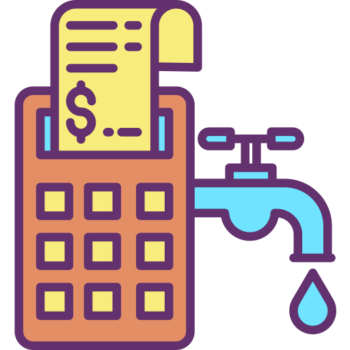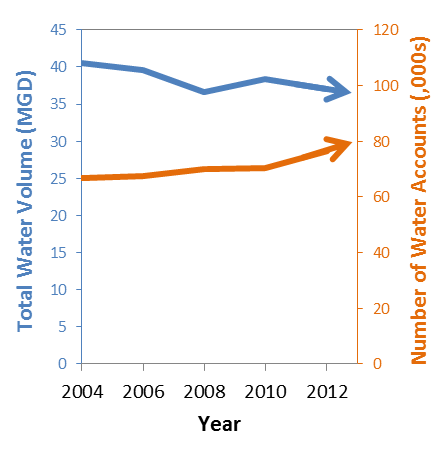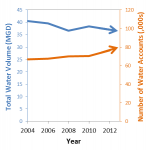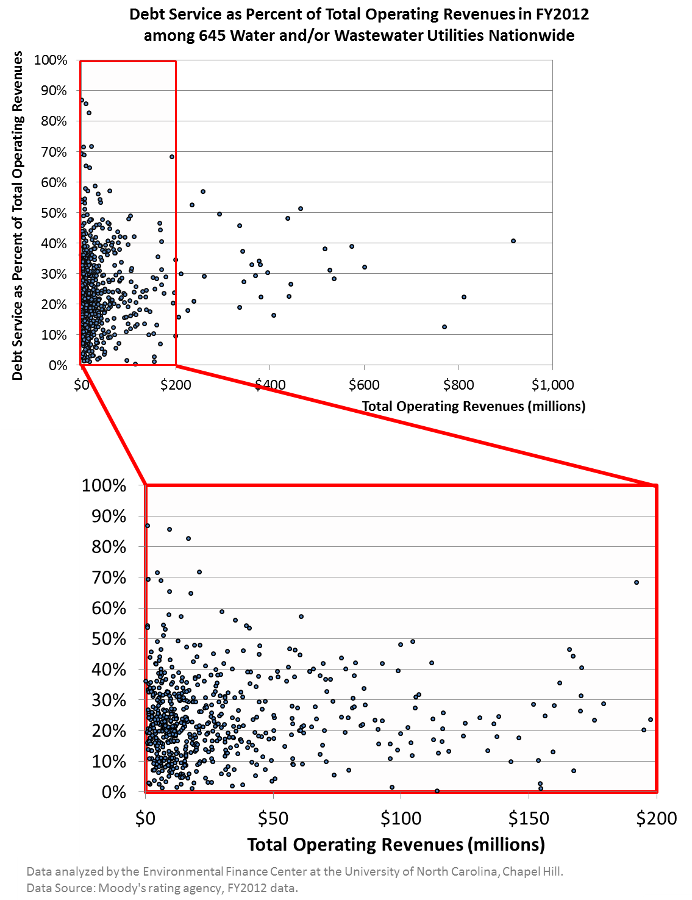Guest Post by Stacey Berahzer of IB Environmental

Screenshot from Tool: Bill Payment Assistance Program Cost Estimation For Water Utilities
Water is such a universally essential service, that many utilities seek ways to help their low-income customers with affording the service. Generally referred to as a “customer assistance program” or CAP, this help can take different forms. Some utilities assist by repairing leaks and retrofitting low-income customers’ homes with water efficient devices. But, the more common approach is to provide some sort of financial assistance. For example, a special payment plan to help customers who have arrearages may be coupled with some debt forgiveness. Many utilities also offer discounts on the bills of customers who can prove their low-income status. But, is the cost of implementing such a program prohibitive? The good news is that there has never been a better time to find out.











